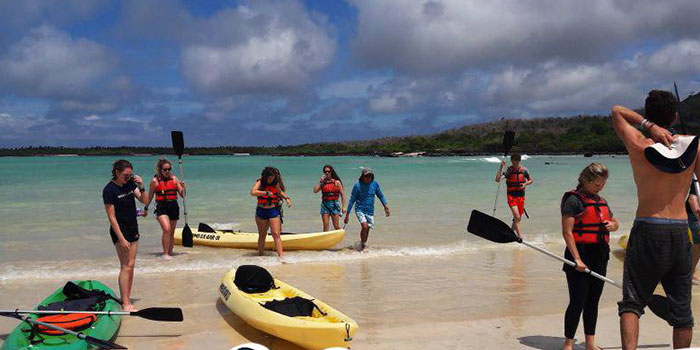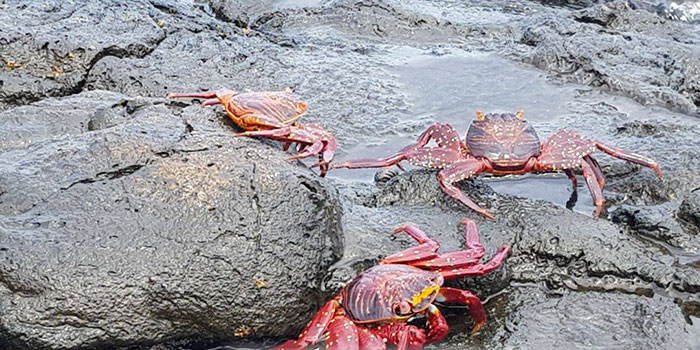Which are the most volcanic islands in the Archipelago?
Galapagos Islands are the second archipelago in the world with the most volcanic activity in recent times, only overcome by Hawaii. There has been around 50 eruptions in the 200 years, which indicates that most volcanoes remain active and that new islands are still being formed as the days go by.
The islands in the Galapagos Archipelago were formed by the activity of just one underwater volcano, excluding the Isabela island, which was formed by the gathering of six different smaller volcanoes. The archipelago’s existence is the product of and unusually hot underlying mantle beneath the Nazca tectonic plate, which finds its way to the surface and creates new volcanoes who later form islands like the ones in this area, in Hawaii and in Iceland.
This geologic phenomenon is known as hotspot and has and approximate length of around 95 miles in the Galapagos Archipelagos. All the islands situated in the proximity of the hotspot are younger than those further away: San Cristobal island is around 4 million years old, while Fernandina island is believed to be less than 700.000 years old and one of most active island regarding volcano activity.
Where are all the volcanoes?
The Galapagos Archipelago has active and inactive volcanoes in every corner, island and islet. But on Fernandina island, where the last eruption of the archipelago occurred on the year 2009, multiple volcanoes have today a very vigorous life: Fernandina, Marchena and La Cumbre, one the world’s most active volcano, form the volcanic chain in this region of the archipelago. Not very far from this region is the Isabela islands, a very active area which holds the Wolf, Alcedo, Carro Azul y Sierra Negra volcanoes.
Other important volcanoes spread along the archipelago are the Darwin, Ecuador and Santiago volcanoes, whose activity has diminished in the last hundred years.This makes of Isabela and Fernandina not only the younger islands due to their proximity to the Galapagos hotspot, but also the most volcanic ones.
All the volcanic activity on the islands has shaped its biodiversity and ecosystem to make a very unique combination of environments that holds one of the world’s most diverse flora and fauna. Reach to us in Galapagos Center Expeditions and we will hep you to explore this paradise on earth.








